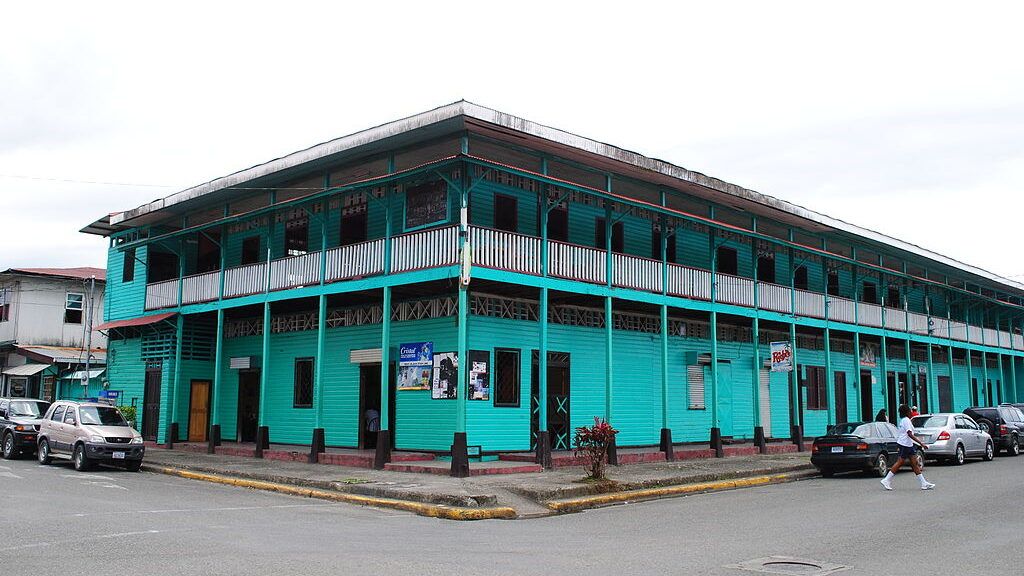What We Review
Introduction
The Universal Negro Improvement Association (UNIA) and Marcus Garvey played a vital role in African American history. The organization’s mission, launched in the early 20th century, sought to unite people of African descent worldwide. Its message continues to influence those studying Black unity and liberation. Understanding the UNIA helps readers appreciate how global Black movements gained momentum during a period marked by racial segregation. This overview focuses on the organization’s history, Garvey’s vision, and the movement’s ongoing significance.
The UNIA, founded by Marcus Garvey, stood for unity and independence. It attracted thousands of members across Africa, the Caribbean, and America. This post will describe the mission, methods, and long-lasting impact of the UNIA, as outlined by Learning Objective (LO) 3.18.A. Readers will also see how Marcus Garvey’s Back-to-Africa Movement (EK 3.18.A.2) shaped global discussions on race, politics, and self-determination.
The Mission of the Universal Negro Improvement Association (UNIA)
The UNIA emerged in 1914, founded by Marcus Garvey in Jamaica. He later established its headquarters in Harlem, New York. The organization’s main objectives involved bringing together Black people worldwide, promoting economic independence, and encouraging pride in African heritage. According to Essential Knowledge (EK) 3.18.A.1, the UNIA led the largest Pan-African movement in African American history, uniting communities in Africa, the Caribbean, and the Americas.
The UNIA aimed to:
- Foster a global sense of Black identity and unity.
- Support Black-owned businesses and economic progress.
- Encourage positive education and self-improvement.
Through public programs, rallies, and newspapers, the UNIA spread a message of empowerment. It called for Black people to embrace their African heritage and push for fair treatment in all institutions worldwide. This mission appealed to those who faced racism, seeking refuge in a movement that embraced dignity and self-reliance.
Marcus Garvey: A Leader for the Pan-African Movement
Marcus Mosiah Garvey was born in St. Ann’s Bay, Jamaica, in 1887. He grew up recognizing how colonialism limited the potential of people of African descent. Eventually, he traveled to countries in South and Central America, where he saw further examples of oppression. These experiences shaped his belief in the power of unity and self-determination.
Garvey’s work with the UNIA reflected his vision for Black advancement through:
- Economic independence (building Black-owned institutions).
- Political organization (establishing strong communities).
- Educational development (promoting higher levels of literacy and opportunity).
His leadership style combined passionate speeches with bold strategies. For instance, he organized large parades, encouraging participants to wear uniforms to display pride and discipline. This approach, seen in photographs like “Marcus Garvey in Harlem, 1924,” helped the UNIA stand out and gain attention worldwide. As more chapters formed, Garvey’s influence grew. He inspired Black communities to think globally about how powerful collective action could be.
The Back-to-Africa Movement
The Back-to-Africa campaign embodied Garvey’s idea that people of African descent should consider returning to their ancestral homeland. This idea, often summarized by the phrase “Africa for the Africans,” aimed to:
- Establish African Americans’ connection to Africa.
- Create opportunities free from racial discrimination.
- Encourage Black Americans to build economic and political systems on African soil.
A central component of this movement was the creation of the Black Star Line in 1919. The Black Star Line, referenced in Garvey’s “Address to the Second UNIA Convention” (1921), was a steamship company meant to transport passengers, goods, and eventually those wishing to resettle in Africa. Although the company faced financial and legal problems, it symbolized a powerful step toward independence. The image “Marcus Garvey at His Desk, 1924” captures Garvey during a time when his steamship project was a hot topic in the press.

The Black Star Line
- Garvey announced the launch of the Black Star Line at a UNIA conference.
- Community members purchased stocks to fund and operate the ship.
- A few voyages attempted to move goods and people to various destinations.
- Legal difficulties arose, and federal charges were filed against Garvey in the United States.
- The company eventually dissolved, but the dream of African repatriation remained a cornerstone of Garvey’s legacy.
This campaign encouraged Black people to value their African roots and to envision self-sustaining communities beyond racial barriers.
Impact on Political Thought in the African Diaspora
Marcus Garvey’s ideas deeply influenced political movements within the African diaspora. EK 3.18.B.1 highlights that Garvey encouraged self-determination by embracing African identity and heritage. Because African Americans were dealing with segregation and violence at the time, Garvey’s message offered hope and a renewed sense of belonging.
His philosophy influenced later Black nationalist movements in several ways:
- Promoting industrial, political, and educational advancement.
- Supporting separatist Black institutions.
- Creating a foundation for global Black solidarity.
Leaders of both the Civil Rights Movement and anti-colonialist struggles in Africa acknowledged his contributions. For example, Kwame Nkrumah, the first President of Ghana, credited Garvey’s ideas with shaping his own approach to African independence. Garvey’s framework of collective organization and economic empowerment laid the groundwork for subsequent groups aiming to challenge racism and colonial rule.
The UNIA Flag and Its Symbolism
The UNIA’s red, black, and green flag remains a powerful symbol of Black unity. It was created to signify the Pan-African ideal of solidarity among people of African descent. Each color contains a distinct meaning:
- Red symbolizes the blood shared by people of African descent.
- Black represents the pride in Black race and identity.
- Green stands for the rich land of Africa and its potential.
According to Essential Knowledge (EK) 3.18.B.2, this flag continues to be used by advocates of Black solidarity and freedom. Modern organizations still raise it during cultural events and protests, reinforcing its timeless message of strength and self-determination. The UNIA’s use of this flag helped create a shared identity that transcends national borders.
Conclusion
The Universal Negro Improvement Association and Marcus Garvey influenced millions of Black people worldwide by promoting economic progress, cultural pride, and global unity. Their mission, rooted in shared African heritage, inspired individuals to stand against racial injustices and discriminatory laws. Through the Back-to-Africa Movement, the Black Star Line, and the red, black, and green flag, Garvey introduced concrete steps toward African American empowerment.
These efforts eventually shaped Black nationalist movements across the 20th century, transforming political thought in the African diaspora. Embracing Garvey’s legacy illuminates how struggles for equality and liberation often originate in community-based organizations. Understanding the UNIA’s significance also reinforces the power of solidarity, reminding readers that collective action can lay the foundation for societal change.
Key Sources
Readers are encouraged to explore more about Marcus Garvey’s writings, including “Address to the Second UNIA Convention” (1921), to gain first-hand insight into his vision. Primary sources like “Marcus Garvey at His Desk, 1924” and “Marcus Garvey in Harlem, 1924” offer a deeper look into the energy surrounding the UNIA during its peak. Becoming familiar with Garvey’s legacy fosters a broader understanding of African diaspora history and inspires consistent engagement with movements advocating Black empowerment and self-awareness.
VIII. Quick Reference Chart
| Term or Concept | Definition or Significance |
| Universal Negro Improvement Association (UNIA) | A movement founded by Marcus Garvey in 1914 to unite people of African descent globally and promote economic independence. |
| Marcus Garvey | Leader of the UNIA who inspired the largest pan-African movement in African American history through calls for self-determination and unity. |
| Back-to-Africa Movement | An initiative encouraging African Americans to return to Africa for social, political, and economic freedom. |
| Black Star Line | A steamship company established by the UNIA to transport goods and passengers, symbolizing hope for African repatriation. |
| Pan-Africanism | The idea that people of African heritage share common interests and should be united politically, socially, and economically. |
| Red, Black, and Green Flag | A Pan-African flag used by the UNIA that represents Black pride, African land, and unity. |
Sharpen Your Skills for AP® African American Studies
Are you preparing for the AP® African American Studies test? We’ve got you covered! Try our review articles designed to help you confidently tackle real-world AP® African American Studies problems. You’ll find everything you need to succeed, from quick tips to detailed strategies. Start exploring now!
Need help preparing for your AP® African American Studies exam?
Albert has hundreds of AP® African American Studies practice questions, free response, and full-length practice tests to try out.









